“THE CLEAR AND PRESENT DANGER OF CLIMATE CHANGE MEANS WE CANNOT BURN OUR WAY TO PROSPERITY. WE ALREADY RELY TOO HEAVILY ON FOSSIL FUELS. WE NEED TO FIND A NEW PATH TO THE FUTURE WE WANT. WE NEED A CLEAN INDUSTRIAL REVOLUTION.” BAN KI MOON, FORMER SECRETARY GENERAL OF THE UNITED NATIONS
Progress is defined as movement toward an improved or more developed state. The Industrial Revolution was a major period of industrialization, and a defining moment in the timeline of mankind’s accomplishments, but while it has it brought manufacturing to the forefront, as well as new ideas and technologies, it has also brought a depletion of natural resources, as factories continue to spew smog and soot into the air. The emissions and release of pollutants and chemicals into rivers and streams has resulted in increased air and water pollution. Fossil fuels, which include coal, oil, and fracked gas play a major role in the release of green house gas emissions into the atmosphere, but there are other high-emission sectors which need to cut emissions, specifically those which manufacture materials such as iron, steel, chemicals, cement, and concrete. Jeffrey Rissman discusses current technology and policies being put into place to combat greenhouse gas emissions in the industrial sector. Jeffrey is the Senior Director for Industry at Energy Innovation, where he leads the company’s work on technologies and policies to eliminate industrial greenhouse gas emissions. He is the author of Zero-Carbon Industry: Transformative Technologies and Policies to Achieve Sustainable Prosperity (2024) and coauthor of Designing Climate Solutions: A Policy Guide for Low-Carbon Energy (2018). In 2024, Jeffrey was appointed by Secretary Jennifer Granholm to serve on the Department of Energy’s Industrial Technology Innovation Advisory Committee. Jeffrey is also the creator of the Energy Policy Simulator, an open-source computer model that quantifies the effects of various energy and environmental policies in combination, predicting outputs such as fuel use, pollutant emissions, financial cost or savings, electric vehicle deployment, power sector structure, and more. For more information go to https://zerocarbonindustry.com/
To listen to past TMSOG shows go to HudsonRiverRadio.com and Malcolmpresents.com. Follow The Many Shades of Green on Facebook, Instagram and Threads @tmshadesofgreen. Listen to TMSOG podcasts on all major podcast apps. #RaiseYourEcoConsciousness
TMSOG is proud to be on Feedspot’s list of the 50 Best Environmental Podcasts to follow in 2024: https://podcasts.feedspot.com/environmental_podcasts/
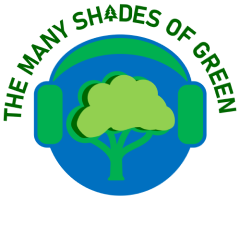
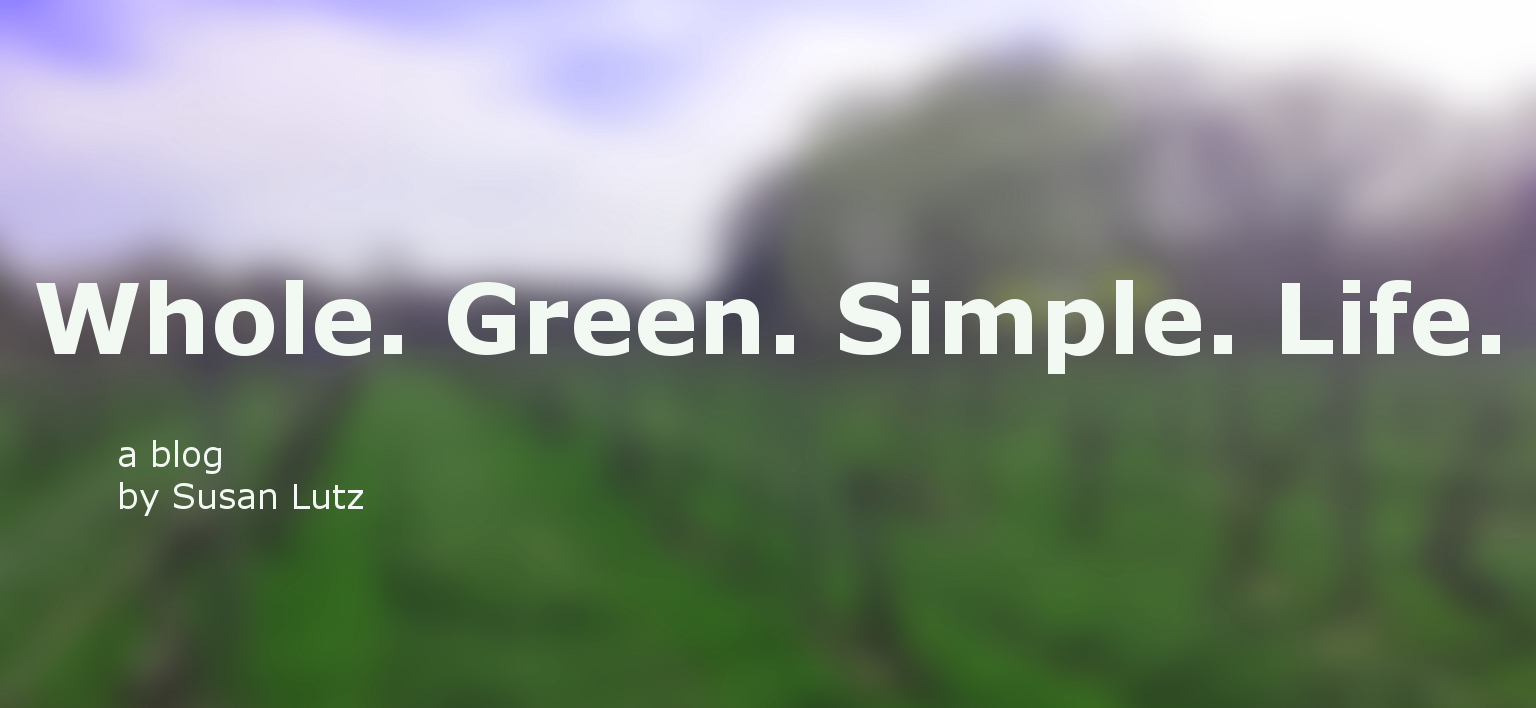
 Commodities inherently demand we get along on a global scale. We can’t drink, eat, and wear things when we have no idea where they came from. We can’t ignore the people planting and picking the crop. A simple map quickly shows who wants the coffee and who grows it.
Commodities inherently demand we get along on a global scale. We can’t drink, eat, and wear things when we have no idea where they came from. We can’t ignore the people planting and picking the crop. A simple map quickly shows who wants the coffee and who grows it.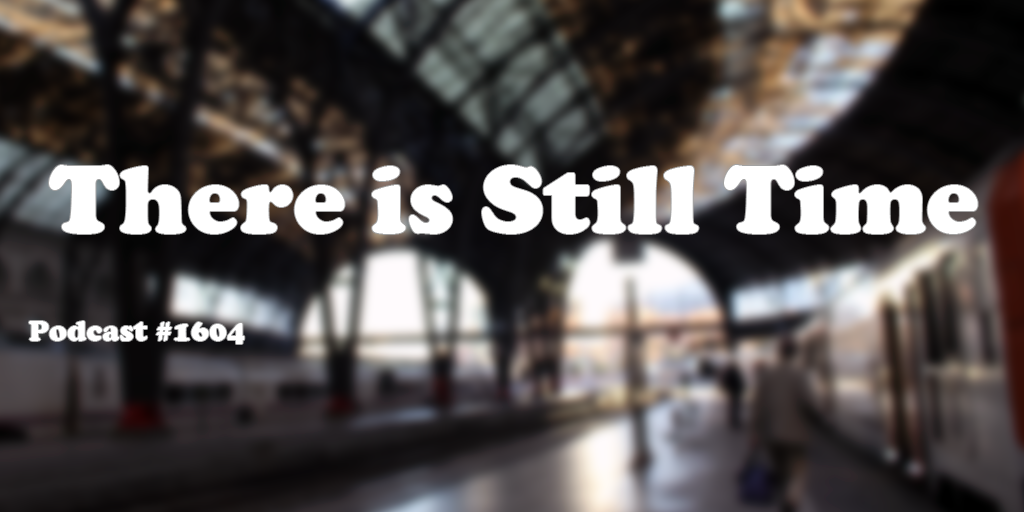
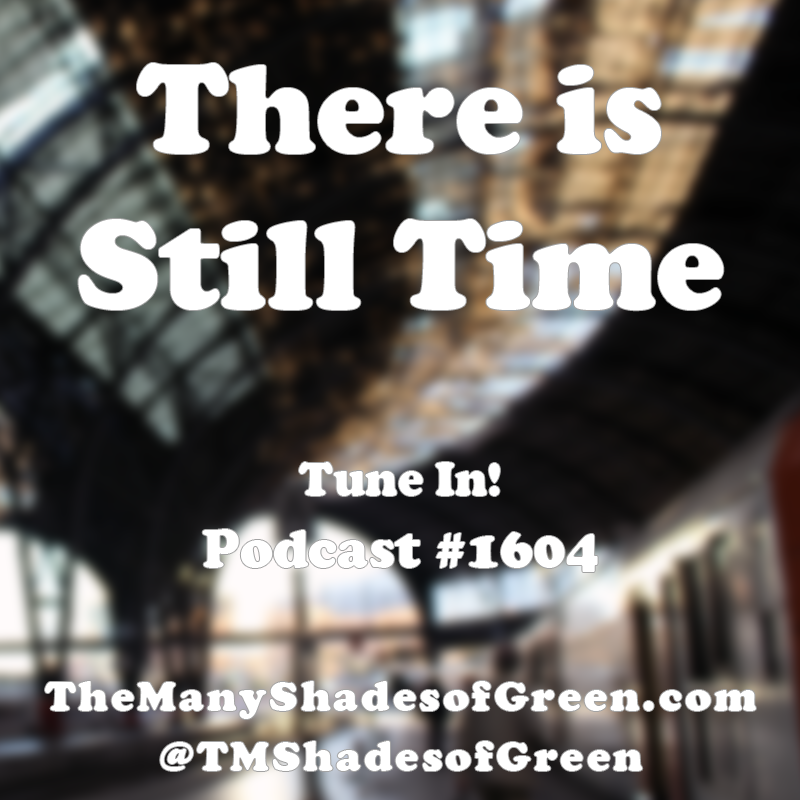 My guest this week is Peter Seidel and we discuss his new book, There is Still Time: To Look at the Big Picture and Act. The book delves into how our modern habits, which are intertwined with evolutionary psychology, are causing a disconnect with nature. What is causing this dilemma, and how can we become more emotionally connected to create a more sustainable planet? Tune in to find out why we need to take action to bring forth positive solutions to environmental problems. There Is Still Time is available on amazon.com and
My guest this week is Peter Seidel and we discuss his new book, There is Still Time: To Look at the Big Picture and Act. The book delves into how our modern habits, which are intertwined with evolutionary psychology, are causing a disconnect with nature. What is causing this dilemma, and how can we become more emotionally connected to create a more sustainable planet? Tune in to find out why we need to take action to bring forth positive solutions to environmental problems. There Is Still Time is available on amazon.com and 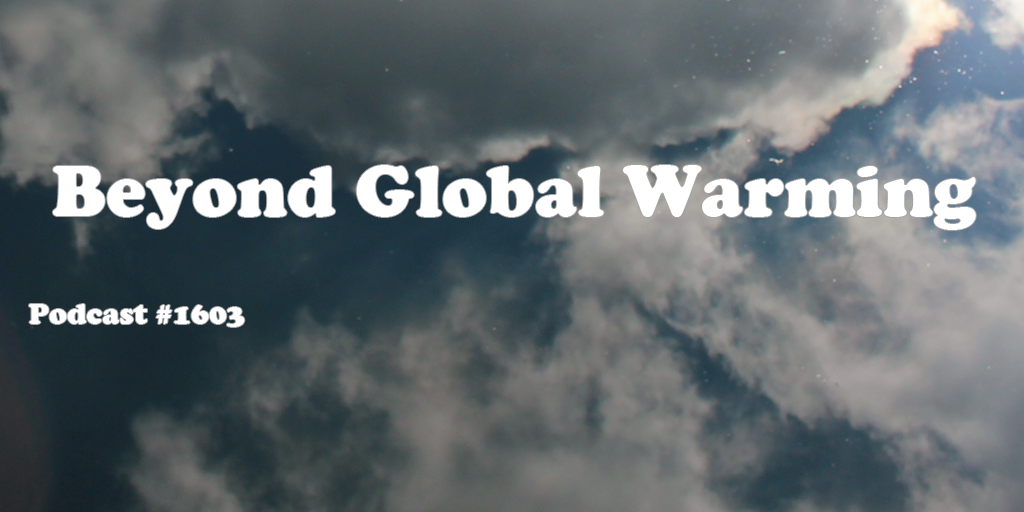
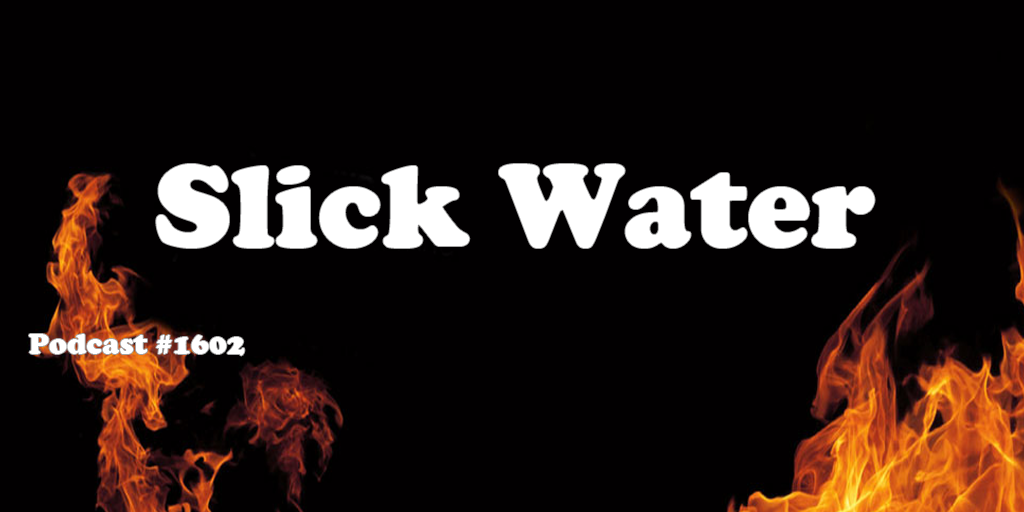
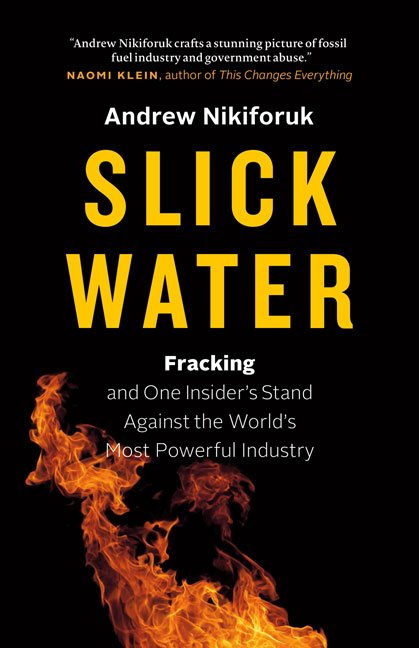 It is no secret that mainstream media coverage of environmental issues is slow-moving, and many stories go un-reported in the press. Climate change deniers spout their ideology with reckless abandon. Enter my guest this week, Andrew Nikiforuk, an award winning environmental writer based in Calgary, Canada, who has written a new book about the hydraulic fracturing industry entitled Slick Water: Fracking and One Insider’s Stand Against the World’s Most Powerful Industry. The book traces the saga of Jessica Ernst, and the path she takes to hold Encana Oil and Canada’s environmental government agencies, responsible for secretly fracking hundreds of gas wells around her home, in a rural area northeast of Calgary. A cover-up ensues, which leads Ms. Ernst to take legal action against the various parties for their role in contaminating land, water and air in her community. For more information
It is no secret that mainstream media coverage of environmental issues is slow-moving, and many stories go un-reported in the press. Climate change deniers spout their ideology with reckless abandon. Enter my guest this week, Andrew Nikiforuk, an award winning environmental writer based in Calgary, Canada, who has written a new book about the hydraulic fracturing industry entitled Slick Water: Fracking and One Insider’s Stand Against the World’s Most Powerful Industry. The book traces the saga of Jessica Ernst, and the path she takes to hold Encana Oil and Canada’s environmental government agencies, responsible for secretly fracking hundreds of gas wells around her home, in a rural area northeast of Calgary. A cover-up ensues, which leads Ms. Ernst to take legal action against the various parties for their role in contaminating land, water and air in her community. For more information 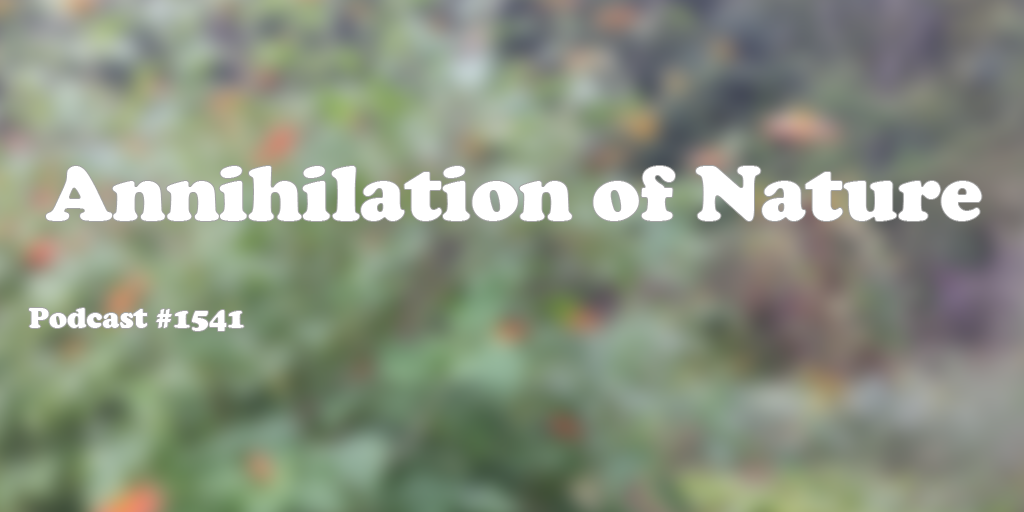
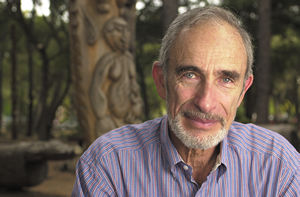 Our guest this week is Dr. Paul Ehrlich, Professor of Population Studies at Stanford University, whose famous book, The Population Bomb, remains controversial to this day. His current work is titled ANNIHILATION OF NATURE: Human Extinction of Birds and Mammals, which discusses the loss of species due to human activity, and the importance of biodiversity and empathy in helping solve problems of habitat loss, and the effects of climate change as it relates to all Earthlings. We are in the Sixth Extinction, and it is time for humans to use their emotional cues to protect Mother Earth. For more information go to ccb.stanford.edu (Center for Conservation Biology) and his book is available via amazon.com. You can send him a tweet @PaulREhrlich
Our guest this week is Dr. Paul Ehrlich, Professor of Population Studies at Stanford University, whose famous book, The Population Bomb, remains controversial to this day. His current work is titled ANNIHILATION OF NATURE: Human Extinction of Birds and Mammals, which discusses the loss of species due to human activity, and the importance of biodiversity and empathy in helping solve problems of habitat loss, and the effects of climate change as it relates to all Earthlings. We are in the Sixth Extinction, and it is time for humans to use their emotional cues to protect Mother Earth. For more information go to ccb.stanford.edu (Center for Conservation Biology) and his book is available via amazon.com. You can send him a tweet @PaulREhrlich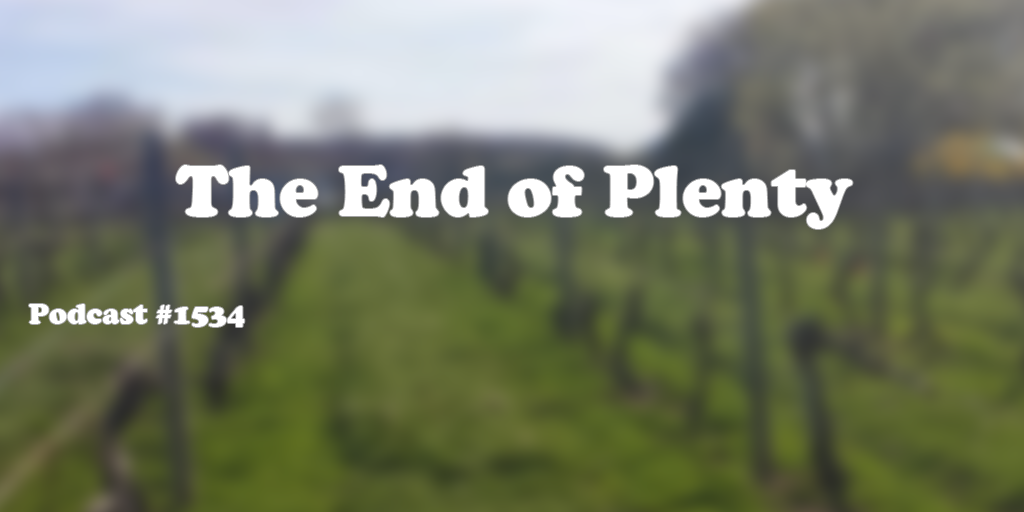
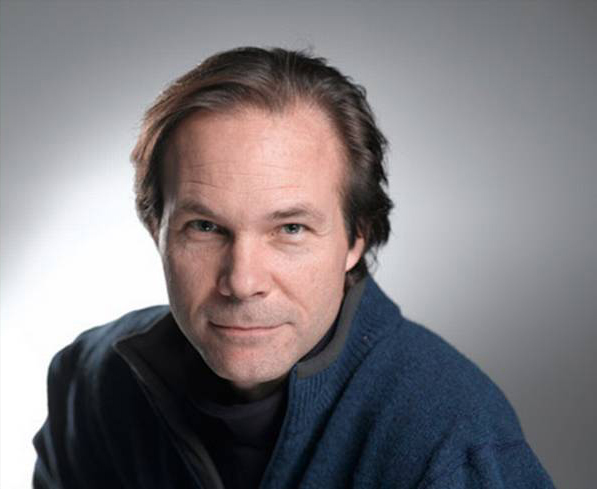 Can we feed the world without wrecking it? Are we farming ourselves out of food? My guest, Joel K. Bourne Jr. and I delve into those questions on this week’s show. Joel’s new book, THE END OF PLENTY: The Race to Feed a Crowded World, discusses the world food crisis, as it relates to population increase and environmental concerns. Farm land is becoming decimated, as water shortages are spreading globally, thus reducing growth of crops needed to feed the populace. Political unrest and revolutions have occurred in various hot spots around the world, as wheat crops have failed, which has lead to tightening grain supplies. Lives are lost as fights break out over bread. Will 3D printing of food save us? Probably not, but there is hope, as farmers are using innovations in food irrigation, as well as conservation methods to solve some of the problems. A new land ethic must be put into place to feed the world. For more information go to joelkbournejr.com and amazon.com for his book, THE END OF PLENTY.
Can we feed the world without wrecking it? Are we farming ourselves out of food? My guest, Joel K. Bourne Jr. and I delve into those questions on this week’s show. Joel’s new book, THE END OF PLENTY: The Race to Feed a Crowded World, discusses the world food crisis, as it relates to population increase and environmental concerns. Farm land is becoming decimated, as water shortages are spreading globally, thus reducing growth of crops needed to feed the populace. Political unrest and revolutions have occurred in various hot spots around the world, as wheat crops have failed, which has lead to tightening grain supplies. Lives are lost as fights break out over bread. Will 3D printing of food save us? Probably not, but there is hope, as farmers are using innovations in food irrigation, as well as conservation methods to solve some of the problems. A new land ethic must be put into place to feed the world. For more information go to joelkbournejr.com and amazon.com for his book, THE END OF PLENTY.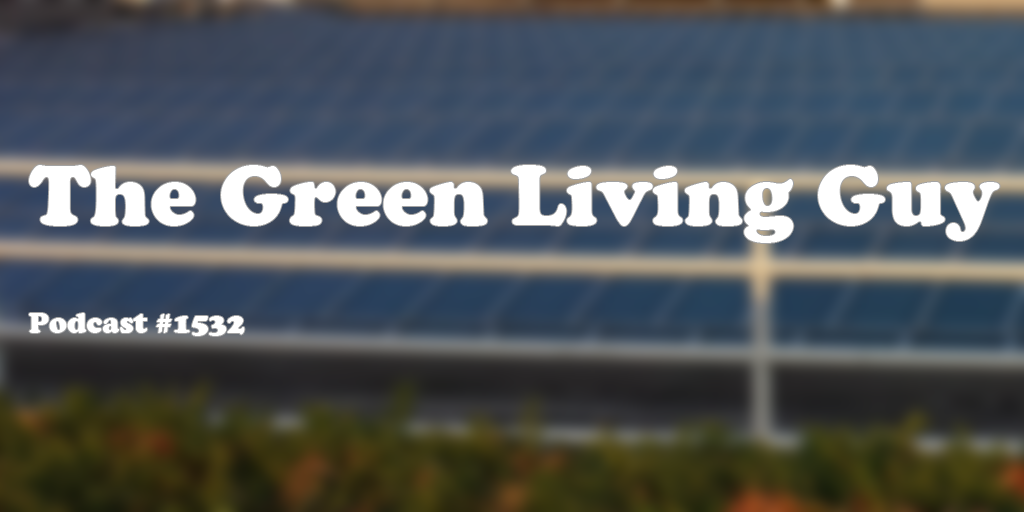
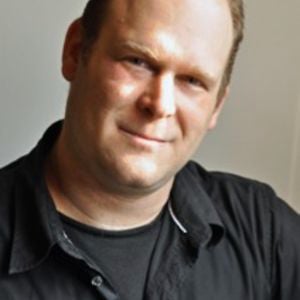 Do the electric slide into an EV (electric vehicle), and plug into a greener way to travel. My guest this week, Seth Leitman, a/k/a Green Living Guy, brings his expertise on vehicles that are electrifying the roadways. From Ford Fusion to Mitsubishi to Tesla, we learn about how the car industry is heading towards a more electric future. Seth’s Green Guru Guides and soon to be videos, are great tools to help you become a more sustainable Earthling. For more information go to greenlivingguy.com
Do the electric slide into an EV (electric vehicle), and plug into a greener way to travel. My guest this week, Seth Leitman, a/k/a Green Living Guy, brings his expertise on vehicles that are electrifying the roadways. From Ford Fusion to Mitsubishi to Tesla, we learn about how the car industry is heading towards a more electric future. Seth’s Green Guru Guides and soon to be videos, are great tools to help you become a more sustainable Earthling. For more information go to greenlivingguy.com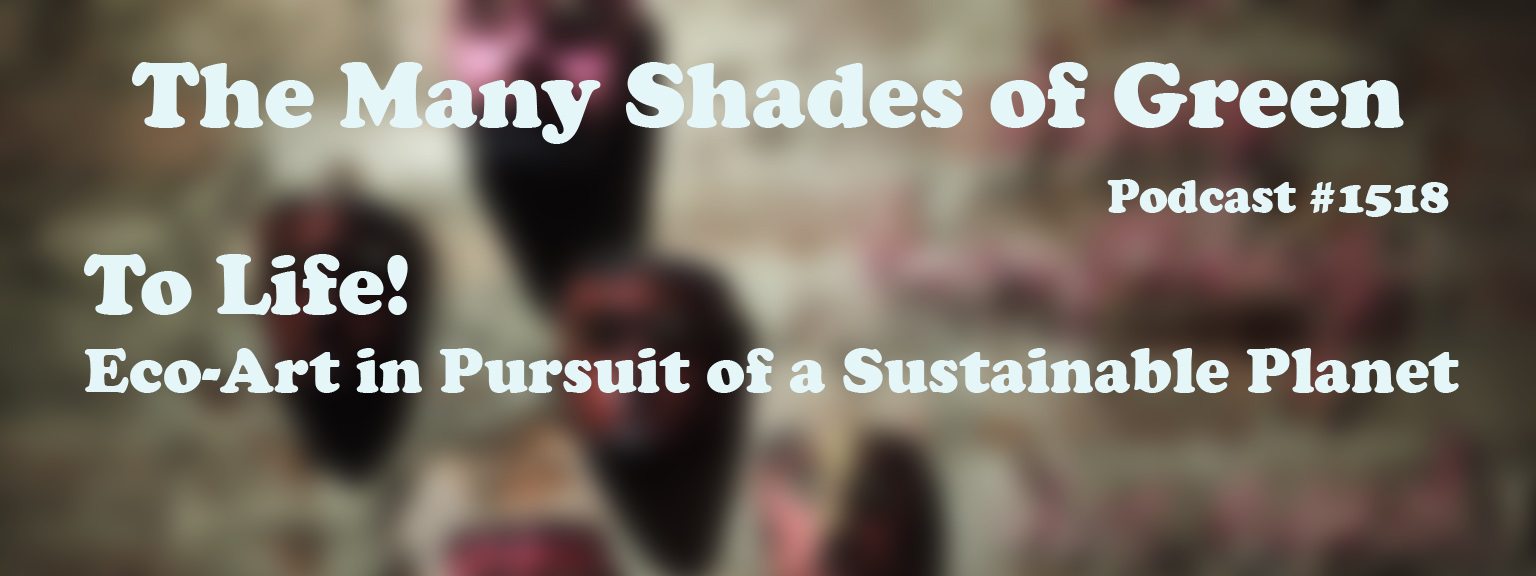
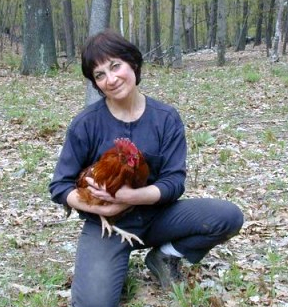
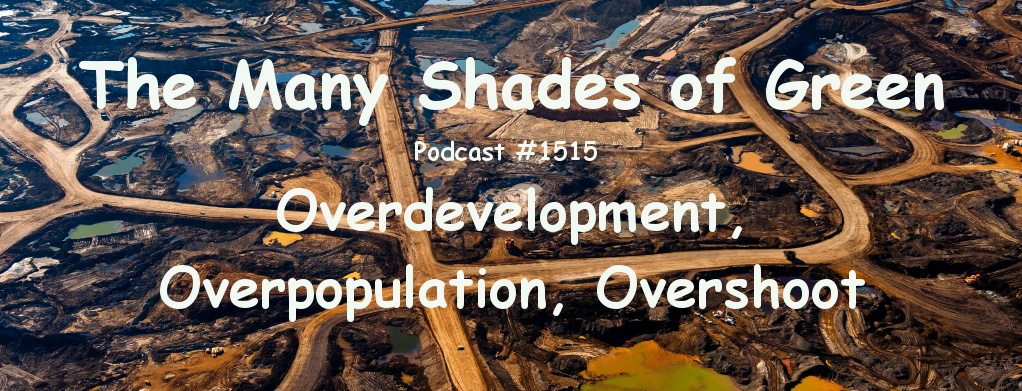
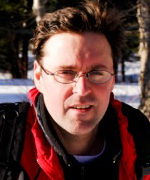 Overdevelopment, Overpopulation, Overshoot – Tom Butler’s new large format coffee table book, tells the story of how population increase, and the rise of the industrial complex, has led to social, economic and environmental problems world wide. The phrase ” a picture’s worth a thousand words” is most evident in the photos taken during this three year journey to expose man’s quest to dominate the planet, and leave sprawl, over growth, disease and destruction in its path. We over indulge, over-plug, and over saturate this beautiful planet, with blatant di
Overdevelopment, Overpopulation, Overshoot – Tom Butler’s new large format coffee table book, tells the story of how population increase, and the rise of the industrial complex, has led to social, economic and environmental problems world wide. The phrase ” a picture’s worth a thousand words” is most evident in the photos taken during this three year journey to expose man’s quest to dominate the planet, and leave sprawl, over growth, disease and destruction in its path. We over indulge, over-plug, and over saturate this beautiful planet, with blatant di